Gall bladder and gall stones. Gallbladder and Gallstones: Symptoms, Causes, and Treatment Options
What are gallstones and how do they affect the gallbladder. What are the risk factors for developing gallstones. How are gallstones diagnosed and treated. What complications can arise from untreated gallbladder disease.
Understanding Gallbladder Function and Gallstone Formation
The gallbladder is a small, pear-shaped organ located beneath the liver. Its primary function is to store bile, a digestive fluid produced by the liver. Bile plays a crucial role in breaking down fats in the small intestine during digestion. However, sometimes small stones can form in the bile while it’s stored in the gallbladder, leading to a condition known as gallstones or cholelithiasis.
Gallstones typically form when there’s an imbalance in the composition of bile. This often occurs when there’s too much cholesterol or bilirubin in the bile. As these substances become concentrated, they can crystallize and form hard deposits ranging in size from a grain of sand to a golf ball.
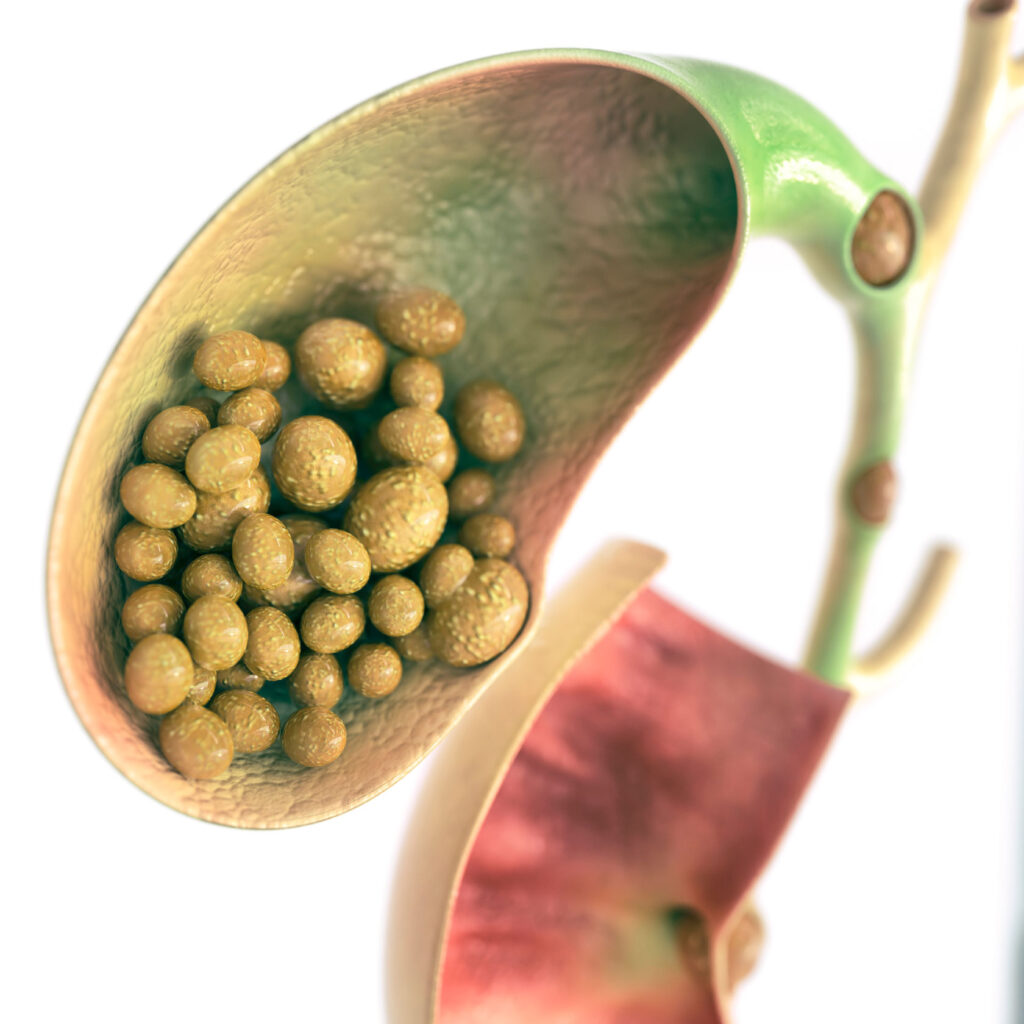
Types of Gallstones
- Cholesterol stones: The most common type, comprising about 80% of gallstones
- Pigment stones: Made primarily of bilirubin, these are less common and often associated with certain medical conditions
- Mixed stones: A combination of cholesterol and pigment stones
Risk Factors for Gallstone Development
While gallstones can affect anyone, certain factors increase the likelihood of their formation. Understanding these risk factors can help individuals take preventive measures or seek early medical attention.
Common Risk Factors
- Gender: Women are more prone to developing gallstones than men
- Age: The risk increases for individuals over 60
- Obesity: Excess weight can alter bile composition
- Pregnancy: Hormonal changes during pregnancy can affect bile production
- Ethnicity: Native Americans have a higher predisposition to gallstones
- Family history: Genetic factors play a role in gallstone formation
- Rapid weight loss: Can lead to increased cholesterol in bile
Are certain diets linked to gallstone formation? Research suggests that diets high in refined carbohydrates and low in fiber may increase the risk of gallstones. Conversely, a diet rich in fruits, vegetables, and whole grains may help prevent their formation.
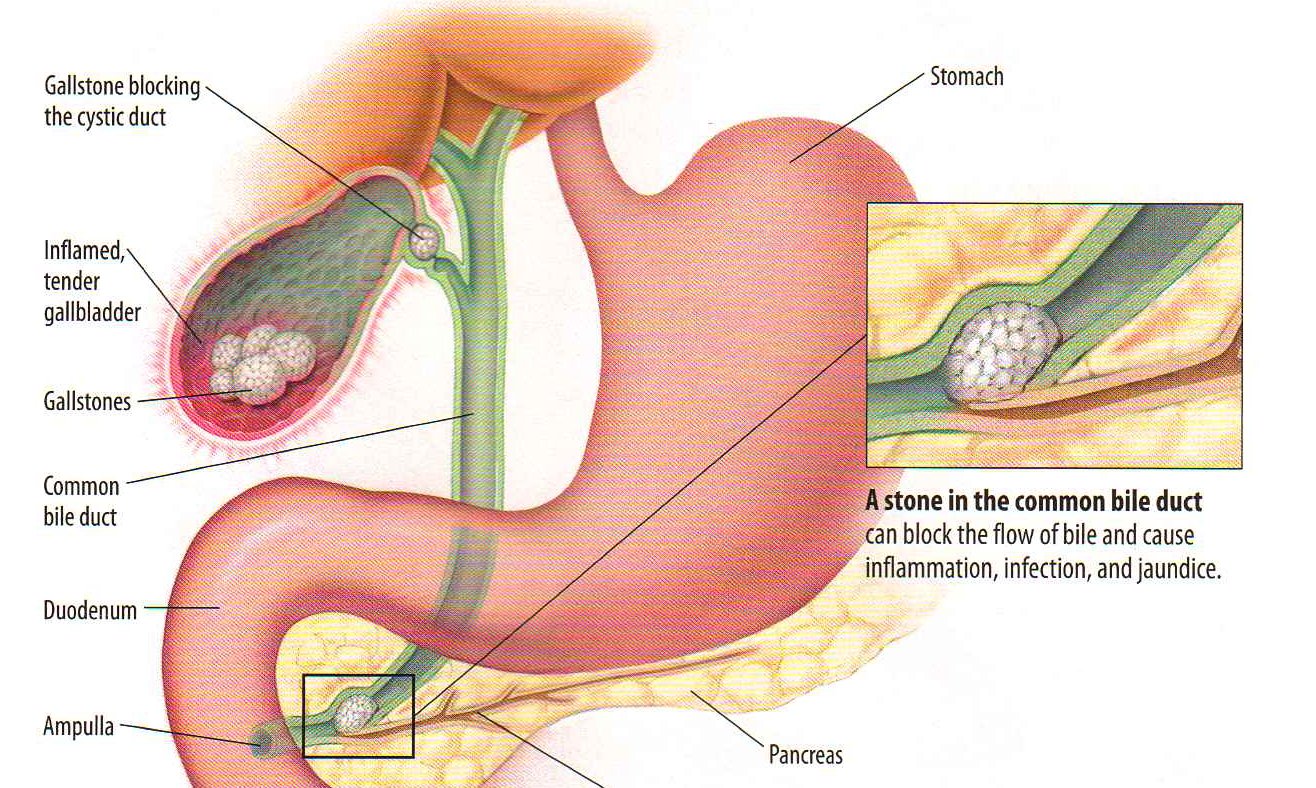
Recognizing Gallstone Symptoms and Complications
Many people with gallstones remain asymptomatic. However, when stones block the bile ducts, they can cause significant discomfort and potentially serious complications.
Common Symptoms of Gallstones
- Sudden, intense pain in the upper right abdomen or center of the belly
- Pain that radiates to the right shoulder or between the shoulder blades
- Nausea and vomiting
- Fever or chills
- Jaundice (yellowing of the skin and eyes)
- Dark urine and light-colored stools
How long does a typical gallstone attack last? A gallstone attack, also known as biliary colic, usually lasts between 1 to 5 hours. However, the duration can vary depending on the severity of the blockage and individual factors.
Potential Complications of Untreated Gallstones
- Cholecystitis: Inflammation of the gallbladder that may require urgent surgery
- Cholangitis: Infection of the bile duct system, which can be life-threatening if left untreated
- Gallstone pancreatitis: Inflammation of the pancreas due to gallstone blockage
- Gallbladder cancer: Although rare, chronic inflammation from gallstones may increase the risk
Advanced Diagnostic Techniques for Gallstones and Gallbladder Disease
Accurate diagnosis is crucial for effective treatment of gallstones and gallbladder disease. Healthcare providers employ various advanced screening techniques to confirm the presence of gallstones and assess the extent of gallbladder dysfunction.

Imaging Studies
- Ultrasound: Often the first-line diagnostic tool, using sound waves to visualize the gallbladder
- CT scan: Provides detailed images of the entire abdominal area
- MRI: Offers high-resolution images without radiation exposure
- HIDA scan: Uses a radioactive tracer to evaluate gallbladder function
Endoscopic Procedures
- Endoscopic ultrasound (EUS): Combines endoscopy with ultrasound for detailed imaging
- Endoscopic retrograde cholangiopancreatography (ERCP): Allows for both diagnosis and treatment of bile duct blockages
How accurate are these diagnostic techniques? While ultrasound is highly effective in detecting gallstones, with an accuracy rate of about 95%, other methods like CT scans and MRIs can provide additional information about surrounding structures and potential complications.
Cutting-Edge Treatment Options for Gallstones and Gallbladder Disease
The treatment approach for gallstones and gallbladder disease depends on the severity of symptoms, the patient’s overall health, and the presence of complications. Modern medicine offers a range of options, from non-invasive methods to surgical interventions.

Conservative Management
- Watchful waiting: For asymptomatic gallstones
- Dietary modifications: Reducing fat intake and increasing fiber
- Pain management: For occasional mild symptoms
Medication
- Ursodeoxycholic acid: May help dissolve small cholesterol stones over time
- Antibiotics: For treating infections associated with gallbladder disease
Minimally Invasive Procedures
- Laparoscopic cholecystectomy: Removal of the gallbladder through small incisions
- ERCP with stone extraction: Removal of stones from the bile duct
- Lithotripsy: Using shock waves to break up large gallstones (less common)
What is the recovery time after laparoscopic gallbladder removal? Most patients can return to normal activities within a week to 10 days after laparoscopic cholecystectomy. Full recovery typically occurs within 4 to 6 weeks.
Living Without a Gallbladder: Adjustments and Considerations
For many patients with severe or recurrent gallbladder problems, cholecystectomy (gallbladder removal) is often the recommended treatment. While the gallbladder is not essential for survival, its removal can necessitate some lifestyle adjustments.
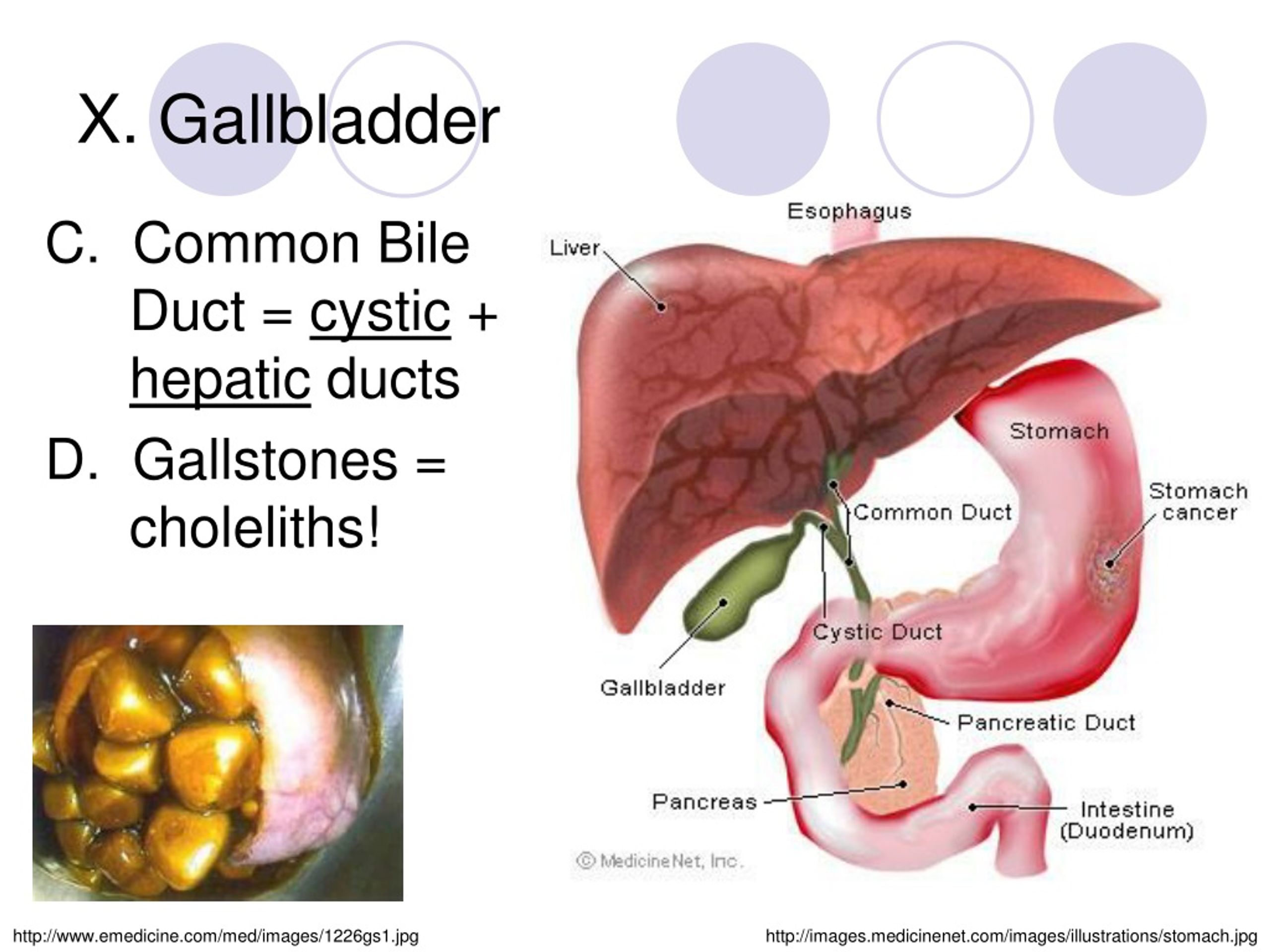
Dietary Changes
- Gradual reintroduction of fats into the diet
- Smaller, more frequent meals to aid digestion
- Increased fiber intake to promote healthy bowel function
Potential Post-Surgery Effects
- Temporary diarrhea or indigestion
- Changes in bile flow and metabolism
- Possible vitamin deficiencies, particularly fat-soluble vitamins
Can you lead a normal life without a gallbladder? The vast majority of people who undergo gallbladder removal lead perfectly normal lives. The liver continues to produce bile, which flows directly into the small intestine. Most individuals adapt well to these changes with minimal long-term effects.
Preventive Measures and Lifestyle Modifications for Gallbladder Health
While some risk factors for gallstones are beyond control, adopting a healthy lifestyle can significantly reduce the likelihood of developing gallbladder problems.
Dietary Recommendations
- Maintain a balanced diet rich in fruits, vegetables, and whole grains
- Limit intake of saturated fats and refined carbohydrates
- Stay hydrated by drinking plenty of water
- Consider including foods that support gallbladder health, such as lean proteins and healthy fats
Lifestyle Changes
- Regular exercise to maintain a healthy weight
- Gradual weight loss if overweight or obese
- Avoid rapid weight loss diets, which can increase the risk of gallstone formation
- Manage underlying health conditions like diabetes and high cholesterol
How effective are these preventive measures? While no strategy can guarantee prevention of gallstones, studies have shown that maintaining a healthy weight, exercising regularly, and following a balanced diet can significantly reduce the risk of developing gallbladder problems.
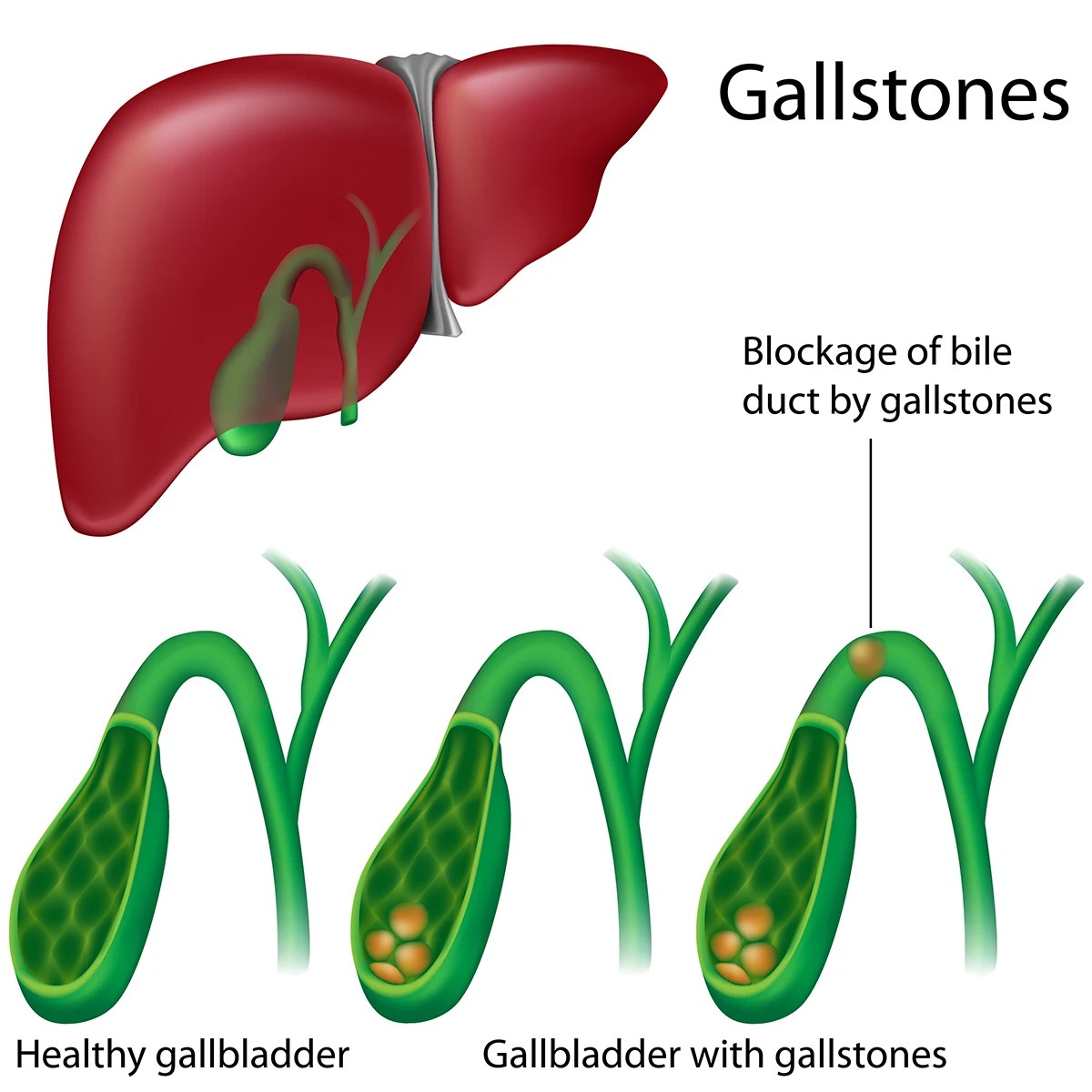
Emerging Research and Future Directions in Gallbladder Health
The field of hepatobiliary medicine continues to evolve, with ongoing research aimed at improving our understanding of gallbladder function, disease processes, and treatment options.
Current Areas of Research
- Genetic factors influencing gallstone formation
- Novel pharmacological treatments for dissolving gallstones
- Improved imaging techniques for early detection of gallbladder abnormalities
- Microbiome studies exploring the link between gut bacteria and gallstone formation
Promising Developments
- Targeted therapies for preventing gallstone recurrence
- Advancements in minimally invasive surgical techniques
- Personalized medicine approaches for gallbladder disease management
What potential breakthroughs can we expect in gallbladder treatment? While it’s difficult to predict specific breakthroughs, researchers are exploring several exciting avenues, including gene therapy to prevent gallstone formation and innovative non-surgical interventions for stone removal.
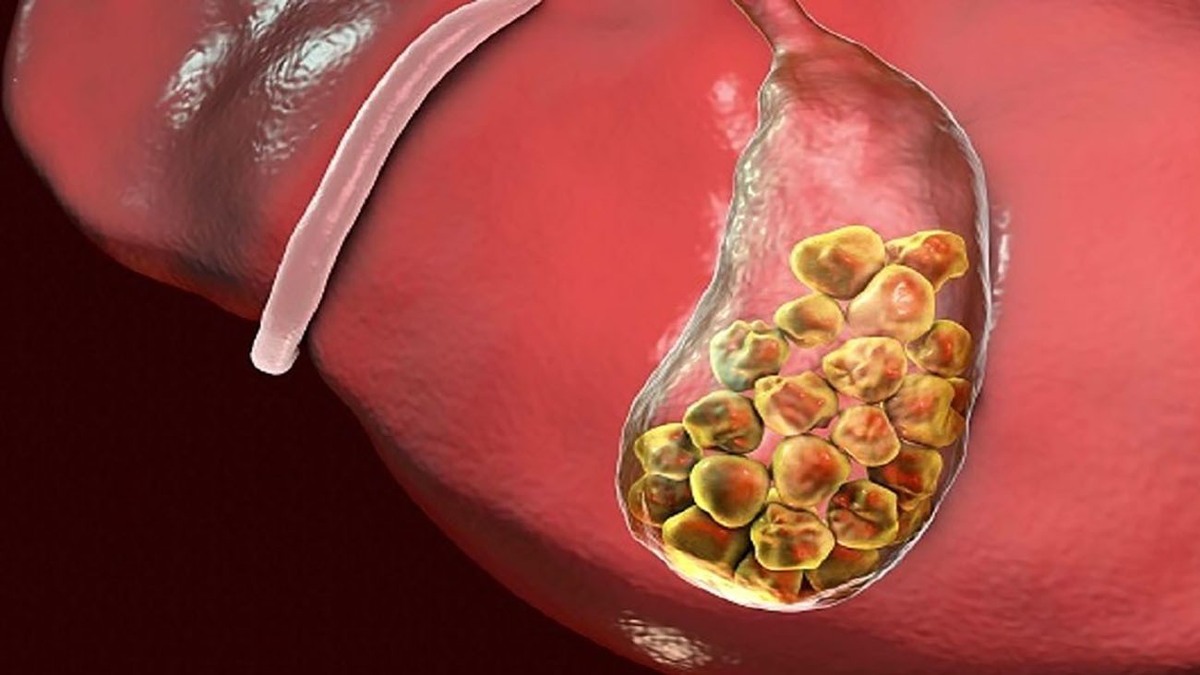
As our knowledge of gallbladder health continues to expand, patients can look forward to more targeted, effective, and less invasive treatment options in the future. The key to maintaining optimal gallbladder health lies in a combination of preventive measures, early detection, and appropriate medical intervention when necessary. By staying informed about the latest developments and working closely with healthcare providers, individuals can take proactive steps to protect their gallbladder health and overall well-being.
Gallstones and Gallbladder Disease | Digestive Disorders | Henry Ford Health
Expert care for gallbladder conditions
The gallbladder is a small organ that stores bile, a digestive fluid produced in the liver. Sometimes, small stones can form in bile while it’s in the gallbladder, often as a result of having too much cholesterol in the bile. These stones are called gallstones.
Having symptoms from gallstones on a regular (chronic) basis is a common form of gallbladder disease. Other gallbladder diseases include biliary dyskinesia (a disorder that affects the proper movement of bile out of the gallbladder), cholecystitis (inflammation of the gallbladder) and gallbladder cancer.
Our doctors have extensive experience in treating gallstones and gallbladder disease. We use a team-based approach in diagnosing and treating these conditions, and we’ll be by your side every step of the way. Learn more about our team.
Risk factors for gallstones and gallbladder disease
Anyone can develop gallstones and gallbladder disease, though women tend to be at greater risk than men. Other risk factors include:
Other risk factors include:
- Being older than 60
- Being overweight
- Being pregnant
- Having Native American ancestry
- Having a family history of gallstones
- Having undergone weight loss surgery or otherwise experiencing rapid weight loss
Symptoms and complications of gallstones and gallbladder disease
If you have a gallstone, you may not notice any symptoms unless it blocks bile from moving out of the gallbladder and into the small intestine. If your gallstone is causing a blockage, or if you have ongoing gallbladder disease, you may experience one or more of the following symptoms:
- Pain in the upper-right or center area of your belly
- Nausea and vomiting
- Fever or chills
- Yellowing of the skin (jaundice)
- Dark urine
- Light-colored stool
Without proper treatment, gallstones and gallbladder disease can lead to several complications, such as:
- Cholecystitis: An infection in the gallbladder that may require surgery
- Cholangitis: An infection of the bile duct system
- Gallstone pancreatitis: Inflammation of the pancreas
How we diagnose gallstones and gallbladder disease
We use a variety of advanced screening techniques to help confirm a diagnosis or gallstones or gallbladder disease. These techniques include:
These techniques include:
- Endoscopic ultrasound (EUS): Using a thin, flexible tube with a camera on the end called an endoscope, your doctor determines whether you have gallstones and, if so, if they’re blocking bile ducts
- Endoscopic retrograde cholangiopancreatography (ERCP): This procedure, which also uses an endoscope, allows us to both diagnose and treat gallstone blockages of the bile duct
- Ultrasound: This procedure uses sound waves to let us see inside your gallbladder
- Computed tomography (CT) scan and magnetic resonance imaging (MRI): These tests let us evaluate your entire abdomen for evidence of infections and blockages of the gallbladder or bile ducts
- Hepatobiliary iminodiacetic acid (HIDA) scan: This type of scan uses a small amount of a radioactive compound (injected into the bloodstream) to check for gallstones
Learn more about our diagnostic tests.
Our treatment options for gallstones and gallbladder disease
Our doctors use the most advanced treatments for gallstones and gallbladder disease. You and your doctor will work together to create a treatment plan that addresses your unique needs and concerns. Your personalized treatment plan may include:
- Endoscopic treatment: Our doctors can use EUS and ERCP to locate and remove gallstones.
- Gallbladder removal surgery: Using minimally invasive surgery, our doctors can remove your gallbladder through small incisions on your belly. Minimally invasive surgery usually means less scarring, less pain and quicker recovery after your procedure.
Gallstones and Other Gallbladder Problems
Gallstones, also known as cholelithiasis, are a very common gallbladder problem.
The gallbladder is a sac that stores a substance called bile, which is produced by the liver.
After meals, the gallbladder contracts and releases bile into the small intestine to aid in digestion.
Gallstones occur when one or more of the substances that make up the bile (usually cholesterol or a waste product called bilirubin) become too concentrated and form a hard stone.
Often gallstones just sit in the gallbladder and don’t cause problems. But sometimes they block the exit from the gallbladder, called the cystic duct.
When this occurs, the gallbladder goes into spasms and becomes inflamed, a condition called cholecystitis.
Cholecystitis generally does not self-resolve and should be treated with antibiotics, fluids, and usually surgery. (1,2)
Gallstone Symptoms
It’s not uncommon for gallstones to cause no symptoms at all. In this case, they may be discovered while you’re being screened or tested for some other health problem.
But in many people, gallstones can cause symptoms of cholecystitis (inflamed gallbladder). These symptoms may include:
- Abdominal pain in the upper right part or center of your abdomen (often comes on suddenly and gets worse quickly)
- Back pain, especially between your shoulder blades
- Pain beneath your right shoulder blade
- Fever with chills
- Vomiting and nausea
- Jaundice (yellowing of your skin and whites of your eyes)
- Clay-colored stools, dark urine, or both (signs of a bile duct blockage)
- Pain that strikes after eating a heavy or fatty meal
- Indigestion, bloating, and gas (2,3)
If you have any of these symptoms, it’s possible that gallstones may be to blame. It’s important to see your doctor promptly for an exam and to get started on treatment.
It’s important to see your doctor promptly for an exam and to get started on treatment.
In rare cases, gallstones may also be an indication of gallbladder cancer, so it’s best to get the problem diagnosed right away. (1)
Gallstone Diagnosis
If your symptoms indicate that you may have gallstones, your doctor may order an imaging test, such as:
- Ultrasound, which uses sound waves to visualize the area
- Computed tomography (CT), which used radiation to create a detailed image
- Magnetic resonance imaging (MRI), which uses magnetic fields and radio waves to create an image (2)
Another less commonly used procedure, called a hepatobiliary iminodiacetic acid (HIDA) scan, involves injecting a small amount of a harmless radioactive substance into your arm.
A device called a gamma camera is then used to create images as this substance travels from your bloodstream to your liver, gallbladder, bile ducts, and small intestine. (4)
Gallstones can also be diagnosed using endoscopic retrograde cholangiopancreatography (ERCP), in which a flexible tube is inserted down your throat and into your digestive tract. This procedure is typically used to fix other problems with your bile or pancreatic ducts, but gallstones may be discovered in the process. (5)
This procedure is typically used to fix other problems with your bile or pancreatic ducts, but gallstones may be discovered in the process. (5)
Gallstone Treatment
There are a couple of treatment options for gallstones, which may be chosen based on how frequent or severe your symptoms are. These include:
Medication A few types of medication, including oral bile salt therapy, work to slowly break down small gallstones to reduce pain and other symptoms.
These medicines may take months or even years to break down your gallstones, and sometimes they’re simply not effective. Gallstones may also return once you stop taking them.
For these reasons, medication to remove gallstones is usually reserved for cases in which surgery isn’t an option. (2)
Painkillers, including nonsteroidal anti-inflammatory drugs (NSAIDs), may be used to help control pain during an acute attack of cholecystitis. (6)
Surgery If you experience severe symptoms, your doctor may recommend removing your gallbladder.
Once your gallbladder is removed, bile will flow directly from your liver into your small intestine. This may cause digestive symptoms, including diarrhea, which are usually temporary.
Significant advances have been made in gallbladder removal surgery (cholecystectomy). It’s now a minimally invasive procedure that uses laparoscopic technology.
Tiny incisions are made, recovery is quick, and you may not even need to spend the night in the hospital following your surgery. (2)
What Are Common Gallbladder Problems? Symptoms, Causes, Diagnosis, Treatment, and Prevention
The gallbladder stores bile, which helps the body break down and digest fats that you eat. Disorders like gallstones can cause problems with how the gallbladder…
By Quinn Phillips
Gallbladder Surgery Complications
Like any surgery, gallbladder removal comes with a risk of certain complications. These include bile leakage, blood clots, and potential digestive changes. ..
..
By Quinn Phillips
What Is Cholecystitis?
Cholecystitis, or inflammation of the gallbladder, often occurs when a gallstone blocks a duct in the gallbladder.
By Diana Rodriguez
Your Diet After Gallbladder Surgery
Some people need to maintain a modified diet after gallbladder surgery. Follow this diet for effective gallbladder surgery recovery.
By Krisha McCoy
Symptoms of a Gallbladder Problem
Symptoms of gallbladder problems may include severe abdominal pain, especially after you eat fatty foods.
By Diana Rodriguez
Gallbladder Surgery: What to Expect
If you’re having gallbladder symptoms caused by gallstones or other conditions, your doctor may recommend gallbladder surgery.
By Jennifer Acosta Scott
4 Ways to Prevent Gallstones
There is no sure way to prevent gallstones, but there are things you can do to reduce your risk. Get tips on gallstone prevention.
By Hedy Marks
The Link Between Gallbladder Problems and Diabetes
Controlling diabetes is vital for many reasons, including avoiding gallbladder problems. Learn how to lower your risk of gallstones.
By Diane Stresing
Gallstones – symptoms, causes, examinations and diagnosis
What should be done for early diagnosis of stones in the gallbladder and bile ducts? The patient, first of all, needs to make an appointment for a consultation with a gastroenterologist and have an ultrasound scan of the abdominal cavity.
After the initial appointment, the doctor may prescribe additional examinations:
- MR cholangiography
- CT cholangiography
- endoscopic retrograde cholangiopancreatography.

Gallstones form in the gallbladder, a small, pear-shaped organ that stores bile. Gallstones are crystallized fragments of concentrated bile substances. Bile contains cholesterol, bilirubin, bile salts and lecithin. Stones are usually made up of cholesterol or bilirubin, which settle to the bottom of the gallbladder until they harden into “stones”. Gallstones can be the size of a grain of sand or the size of a golf ball. They grow gradually, as bile constantly continues to wash them. Gallstones can get stuck in the ducts and cause a blockage.
Gallstone disease is a condition associated with gallstones. Many patients suffer from gallstone disease and do not know about it. Gallstones do not necessarily cause any problems. But the blockage is sure to cause pain and inflammation in the organs. Left untreated, a blockage can lead to serious complications.
Causes of stones in the gallbladder and bile ducts
Statistically, 75% of gallstones found by doctors are made up of excess cholesterol.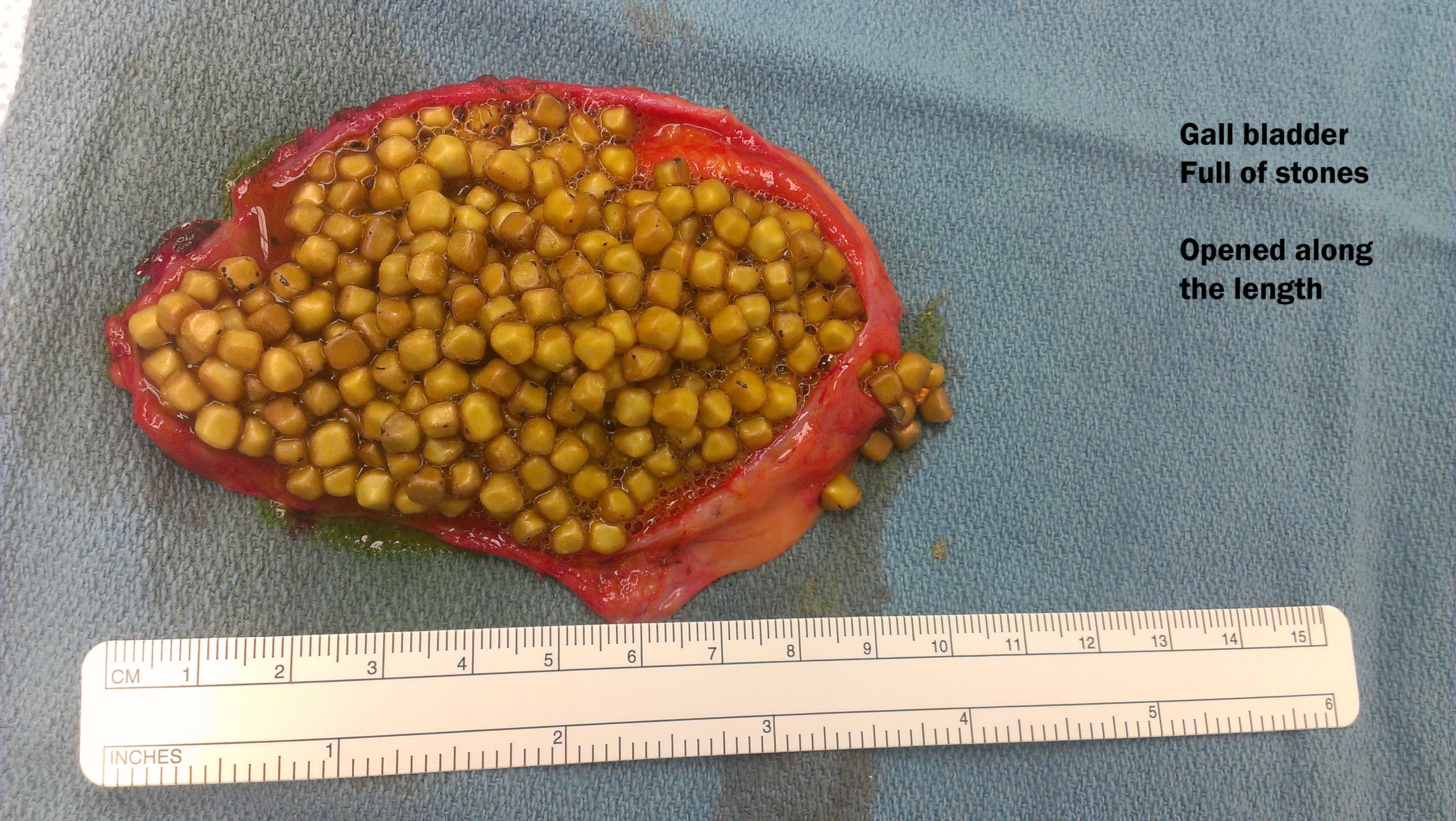 Thus, we can say that excess cholesterol in the blood is the main cause of the formation of gallstones. A patient may have excess cholesterol for various reasons. Some of the most common causes include metabolic disorders such as obesity and diabetes.
Thus, we can say that excess cholesterol in the blood is the main cause of the formation of gallstones. A patient may have excess cholesterol for various reasons. Some of the most common causes include metabolic disorders such as obesity and diabetes.
High blood cholesterol leads to an increase in cholesterol in bile. The liver filters cholesterol from the blood and deposits it in bile as waste before sending the bile to the gallbladder. The chemicals in bile (lecithin and bile salts) are thought to dissolve cholesterol. But if there is too much of it, these chemicals may not be up to the task.
Additional causes
Other factors contributing to the formation of gallstones:
- Excess bilirubin: About 25% of gallstones are made up of excess bilirubin instead of cholesterol. Bilirubin is a byproduct produced when the liver breaks down red blood cells. Some medical disorders can cause the liver to make extra bilirubin to do its job. Some of the disorders include infections, blood disorders and liver diseases
- gallbladder congestion: the small intestine signals the gallbladder to send bile when it has fats to digest.
 A healthy gallbladder contracts to expel bile efficiently when needed. But if the gallbladder doesn’t contract well enough, some bile may remain. This bile gradually concentrates as a sediment at the bottom of the gallbladder, then the residue crystallizes.
A healthy gallbladder contracts to expel bile efficiently when needed. But if the gallbladder doesn’t contract well enough, some bile may remain. This bile gradually concentrates as a sediment at the bottom of the gallbladder, then the residue crystallizes.
Risk factors
Gallstones can occur in any patient, including children, but are more common in people over 40 years of age. This is because gallstones grow very slowly. It can take 10 to 20 years before gallstones become large enough to cause an obstruction. They are also more common in women, at a ratio of 3:1 compared to men. This is due to the influence of female hormones.
Another risk factor is the metabolic syndrome. A combination of metabolic risk factors, including being overweight, high blood triglycerides, and insulin resistance, contribute to the risk of cholesterol gallstones.
Why are women more at risk of gallstones?
Estrogen increases cholesterol levels, and progesterone slows down the contraction of the gallbladder. Both hormones are especially high during certain periods of reproductive activity, such as menstruation and pregnancy. When hormone levels start to drop around menopause, many patients use hormone therapy to replace them, which raises their levels again.
Both hormones are especially high during certain periods of reproductive activity, such as menstruation and pregnancy. When hormone levels start to drop around menopause, many patients use hormone therapy to replace them, which raises their levels again.
Women are also more likely to gain and lose body fat. Excess body fat can lead to high blood cholesterol levels. Being obese increases estrogen levels. On the other hand, rapid weight loss has the same effect as weight gain. When a patient loses a lot of fat at one time, a lot of cholesterol goes to the liver for processing, which ends up in the bile.
Symptoms of gallstones
The patient will not notice gallstones unless one of them is stuck somewhere and causes a blockage. When this happens, the most typical symptom is abdominal pain in the right upper quadrant of the abdomen, called biliary colic. It occurs in episodes that last one to several hours, usually after a large meal. This is when the gallbladder contracts to send bile to the small intestine for digestion.
If a patient has episodes of biliary colic, this means that the gallstone is causing a partial blockage, but the patient cannot feel it until the gallbladder contracts. The contraction causes pressure through the bile ducts and causes this pressure to build up internally when it meets resistance. This is a warning sign. As the blockage becomes more severe, the pain will increase as well.
When a gallstone causes persistent blockage or infection, the patient will have symptoms of acute inflammation. This may include:
- constant pain
- fever and chills
- increased heart rate.
The patient may also experience symptoms of accumulation of bile in the bloodstream, such as:
- jaundice
- sunken eyes
- dark urine.
Choledocholithiasis – bile duct stones
One of the most common causes of extrahepatic bile duct obstruction is choledocholithiasis, when one or more stones in the common bile duct or common hepatic duct cause obstruction of the bile duct. Up to 10% of patients with gallstones have common bile duct stones. Common bile duct stones are found days to years after surgery in 5% of patients undergoing cholecystectomy.
Up to 10% of patients with gallstones have common bile duct stones. Common bile duct stones are found days to years after surgery in 5% of patients undergoing cholecystectomy.
Bile duct stones can cause biliary obstruction and cholestasis. This can lead to infection of the bile ducts (bacterial cholangitis), which requires emergency medical treatment. Prolonged presence of stones in the bile ducts can lead to secondary biliary cirrhosis. Choledocholithiasis can also lead to gallstone pancreatitis. Most patients with choledocholithiasis complain of pain in the upper abdomen, although some patients may remain asymptomatic. Because complete blockage of the bile duct by a stone can be intermittent, patients may complain of occasional jaundice. The initial manifestation of choledocholithiasis can also be a harbinger of an episode of cholangitis. Gallstone pancreatitis presents with typical signs of pancreatitis, including epigastric pain, nausea, and vomiting.
Diagnosis of gallstones
A gastroenterologist performs an examination using blood tests and imaging tests. Blood tests may reveal inflammation, infection, or jaundice. They can also give the attending physician clues as to which organs are affected. Imaging studies will help determine the source of the blockage. They usually start with an ultrasound.
Blood tests may reveal inflammation, infection, or jaundice. They can also give the attending physician clues as to which organs are affected. Imaging studies will help determine the source of the blockage. They usually start with an ultrasound.
- Abdominal ultrasound is a simple and non-invasive examination that does not require preparation or medication. This is usually enough to detect gallstones. However, this method does not visualize the common bile duct very well. If a doctor suspects a gallstone, another type of imaging study may be needed.
- MRCP: Magnetic resonance cholangiopancreatography is a type of MRI that specifically visualizes the bile ducts. The method is non-invasive and creates very clear images of the biliary system, including the common bile duct. A doctor may use this method to find a suspected gallstone. Sometimes I use CT cholangiography as an alternative.
- ERCP: Endoscopic retrograde cholangiopancreatography. This method is more invasive but is effective for finding gallstones because it can also be used to remove them from the ducts if they have created a blockage.
 The method uses a combination of x-rays and endoscopy – an endoscope is inserted through the throat into the upper gastrointestinal tract. When the endoscope reaches the upper part of the small intestine, the attending physician will insert another, smaller tube into the first one to reach further into the bile ducts. A contrast agent is injected through the tube, and then a fluoroscopy is taken as the contrast agent passes through the ducts.
The method uses a combination of x-rays and endoscopy – an endoscope is inserted through the throat into the upper gastrointestinal tract. When the endoscope reaches the upper part of the small intestine, the attending physician will insert another, smaller tube into the first one to reach further into the bile ducts. A contrast agent is injected through the tube, and then a fluoroscopy is taken as the contrast agent passes through the ducts.
Treatment of gallstones
Most patients with gallstones never need treatment. But if gallstones are causing problems, your doctor will want to remove them. Usually all gallstones are removed, even if only one of them is causing problems. If the blockage happened once, it will most likely happen again. Because it is impossible to access gallstones inside the gallbladder without removing it, the standard treatment for problematic gallstones is to remove the gallbladder entirely. If the patient has gallstones in the bile ducts, the attending physician will also have to remove them separately.
There are several different ways to remove gallstones from the gallbladder.
Endoscopy in the treatment of gallstones
Gallstones in the bile ducts are removed by endoscopy (ERCP). This does not require cuts. Gallbladder stones exit through a long tube that is inserted through the throat. Gallstones in the gallbladder are removed by removing the gallbladder (cholecystectomy). This can usually be done using laparoscopy, a minimally invasive surgical technique.
Laparoscopy in the treatment of gallstones
Laparoscopic cholecystectomy uses small incisions in the abdomen to work with a small camera called a laparoscope. The surgeon inserts the laparoscope through one hole and removes the gallbladder through the other. Smaller incisions provide less postoperative pain and faster recovery than conventional “open” surgery.
Open surgery for gallstones
Some patients may have more complex conditions that require open surgery. If the patient undergoes an open operation, then after it it will be necessary to stay longer in the hospital and recover longer at home due to the large incision. Some laparoscopic cholecystectomies may need to be converted to open surgery if the surgeon has complications during the procedure.
If the patient undergoes an open operation, then after it it will be necessary to stay longer in the hospital and recover longer at home due to the large incision. Some laparoscopic cholecystectomies may need to be converted to open surgery if the surgeon has complications during the procedure.
Complications or side effects of gallstone surgery
After laparoscopic surgery, the patient may have gas and abdominal pain. The method involves pumping gas into organs to expand them and help them show up better on images. The condition goes away in a day or so. Complications during surgery are rare but include bleeding, infection, and damage to nearby organs.
How long does it take to recover from gallbladder surgery?
If a patient has undergone a laparoscopic cholecystectomy, then full recovery of the body can occur in about 2 weeks. After open surgery, the patient needs to stay in the hospital for 3-5 days after it. Full recovery will take 6 to 8 weeks. It may take 2 to 8 weeks for the digestive system to adjust after surgery.
It may take 2 to 8 weeks for the digestive system to adjust after surgery.
The digestive system can still function without a gallbladder. The gallbladder is basically the storage place for bile, which is produced by the liver. It delivers bile to the small intestine to aid digestion. When the surgeon removes the gallbladder, he will reroute the bile ducts so that bile can flow directly from the liver into the small intestine.
The digestive system may take several weeks to adjust to the absence of a gallbladder. Some patients may experience temporary stomach upset or diarrhea during the transition period. It is recommended to refuse too fatty foods during recovery. Most patients can return to a normal (but reasonably healthy) diet after a few weeks.
Can gallstones pass without surgery?
Gallstones in the bile ducts that are not stuck can successfully pass through the ducts into the intestines. This is a good scenario, but in general the patient should not risk having gallstones in the bile ducts.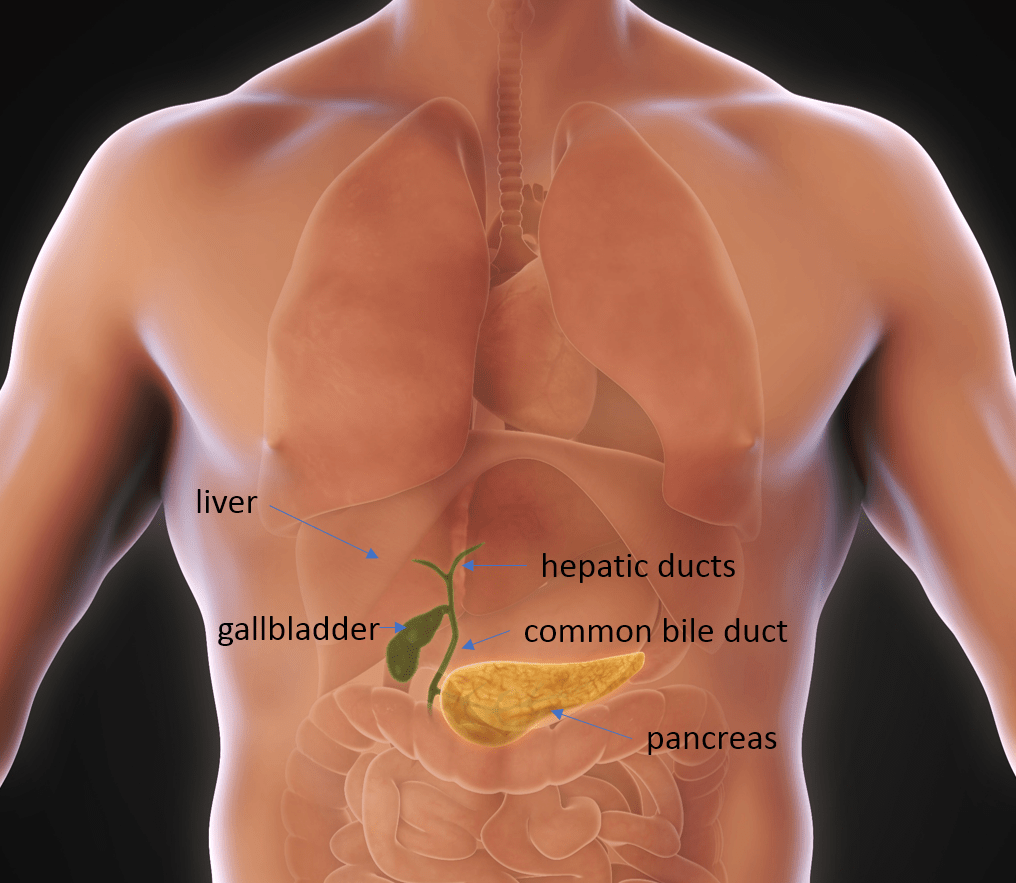 If they do not come out, then over time they will only increase. There are some medications that can help dissolve smaller gallstones. The drugs last for a long time, so they are not the most practical option for patients experiencing symptoms. But they offer an alternative for patients whose medical condition may not be safe for surgery. They may also be helpful for patients who have gallstones but do not yet have symptoms.
If they do not come out, then over time they will only increase. There are some medications that can help dissolve smaller gallstones. The drugs last for a long time, so they are not the most practical option for patients experiencing symptoms. But they offer an alternative for patients whose medical condition may not be safe for surgery. They may also be helpful for patients who have gallstones but do not yet have symptoms.
Treatment of biliary calculi
The goals of therapy for choledocholithiasis are removal of stones from the biliary tract and urgent decompression of the biliary tract in the presence of bacterial cholangitis. Stone extraction can be performed by cholangiopancreatography, often preceded by endoscopic sphincterotomy. In bacterial cholangitis, when the stone cannot be removed for technical reasons, such as its large size, an endoscopically placed biliary stent may be useful for decompression. An alternative to cholangiopancreatography for the treatment of choledocholithiasis is percutaneous transhepatic cholangiography. This procedure can be used for emergency drainage of the biliary tree in the presence of cholangitis.
This procedure can be used for emergency drainage of the biliary tree in the presence of cholangitis.
Treatment prospects
About 2% of asymptomatic gallstones become symptomatic each year. As a rule, the symptoms are persistent and occur intermittently. About 2% of patients with symptomatic gallstones experience complications each year, such as acute inflammation and infection.
Cholecystectomy is a definitive treatment for most gallstones and most patients recover quickly and completely. In some patients, gallstones may reappear in the bile ducts later. They can be treated with endoscopy. If the patient uses the medicine to dissolve gallstones, then relief occurs in 75% of cases, but gallstones often return again.
If biliary colic occurs, seek immediate medical attention. Biliary pain is dull and constant, increasing over about 20 minutes and lasting from 1 to several hours. Usually the pain is localized in the right upper quadrant of the abdomen, but sometimes in another place. Often accompanied by nausea and vomiting, but vomiting does not relieve the condition.
Often accompanied by nausea and vomiting, but vomiting does not relieve the condition.
Can diet help prevent gallstones?
It is possible to reduce the risk of cholesterol gallstones, which are the most common type, by reducing cholesterol in the diet. Recommendations include:
- limit the consumption of fried and fast foods. These foods are usually fried in saturated fats, which increase cholesterol levels. For frying, vegetable oils are recommended instead of animal fats
- replace red meat with fish. Red meat is rich in saturated fats, while fish is rich in omega-3 fatty acids, which contribute to higher levels of good cholesterol
- increase the amount of plant foods in the diet. Fruits, vegetables, and high-fiber whole grains help flush excess cholesterol from the body. Eating more plant-based foods may also help reduce overall weight
- gradually reduce body weight. A weight loss diet can help lower blood cholesterol levels.
 But it is better to lose weight at a slow, steady pace of one to two kg per month. Rapid weight loss can contribute to the formation of gallstones.
But it is better to lose weight at a slow, steady pace of one to two kg per month. Rapid weight loss can contribute to the formation of gallstones.
Leading doctors in St. Petersburg
Vasilevitskaya Irina Valerievna
Gastroenterologist, Hepatologist
Reviews: 663
Rating: 4.9 out of 5
Experience:
since 201 5 years
Receptionist:
appointment
Dedkova Olga Vladimirovna
Therapist, Gastroenterologist, Hepatologist, General Practitioner
Reviews: 711
Rating: 5.0 out of 5
Experience:
since 2005
Receiving:
Marshal Zakharov’s SM-Clinic
900 02 Appointment appointment
Ilchishina Tatyana Alekseevna
Therapist, Gastroenterologist, Hepatologist, General practitioner
Reviews: 656
Rating: 4.9 out of 5
Experience:
since 2005
Receiving:
SM-Clinic Udarnikov
Appointment
Akayeva Svetlana Vladimirovna
Gastroenterologist
Reviews: 653
Rating: 5. 0 out of 5
0 out of 5
C number:
since 2020
Receptionist:
SM-Clinic Udarnikov
Appointment
Aleksyuk Elena Alexandrovna
Therapist, Gastroenterologist, General Practitioner
Reviews: 618
Rating: 4.8 out of 5
Experience:
since 1995
Receptionist:
Baltmed Ozerki clinic, SMT clinic on Moskovsky
Appointment appointment
9015 6 Andreev Alexander Sergeevich
Gastroenterologist
Reviews: 679
Rating : 5.0 out of 5
Experience:
since 2008
Receptionist:
Udarnikov SM-Clinic
Appointment appointment
90 156 Ashirova Consuelo Vladilenovna
Therapist, Gastroenterologist, General Practitioner
Reviews: 692
Rating: 4.9 out of 5
Experience:
since 1992
Receptionist:
MC Longa Vita
Making an appointment
Tatyana Petrovna Bannikova
Gastroenterologist, Endoscopist
Reviews: 655
Rating: 4. 9 out of 5 since 1988
9 out of 5 since 1988
Receiving:
Clinic Polikarpov Medical Center
Appointment
Bezrukov Yuri Nikolaevich
Therapist, Gastroenterologist, Cardiologist, General Practitioner
Reviews: 665 9 0162
Rating: 4.6 out of 5
Experience:
since 1990
Receptionist:
LDC Svetlana
Appointment appointment
Belotitskaya Valeria Eduardovna
Gastroenterologist, Pediatrician
Reviews: 642
Rating: 4.9 out of 5
Appointment
Author: Cheremisinova Ekaterina Alekseevna
Specialization: Ultrasound doctor
Appointment appointment: RIORIT Medical Center, Medsi Medical Center
Share:
List of scientific literature
- Alagile D., Odièvre M. Disease of the liver and biliary tract. -M.: Medicine, 1982. 488 p.
- Bogdarin Yu.A., Vinnitskaya O.V., Bundin D.V.
 Mechanism of formation of cholelithiasis // Pediatrics. 1997. – No. 1. – S. 27 – 32.
Mechanism of formation of cholelithiasis // Pediatrics. 1997. – No. 1. – S. 27 – 32. - Demidov V.N., Shirokova K.I., Sidorova G.P. Ultrasound diagnosis of diseases of the gallbladder and biliary tract // Klin. Honey. 1982. – No. 2. S. 59-64.
- Zaprudnov A.M., Mazurin A.V. Diseases of the biliary tract // Diseases of the liver and biliary tract in children // Pod. Ed. Nisevich N.I. L.: Medicine. – 1981. – S. 316-350.
- Tsuman V.G., Kosarev V.A., Duregin D.S. etc. Acute pancreatitis. //Surgery. 1995. – No. 4. – S. 22-25.
GSD – The Pearl of Podolia
Gallstones
The formation of gallstones is the main symptom of cholelithiasis (GSD). In Russia and Europe, this disease is registered in 10-15% of the population. The source of the development of stones are cholesterol, salts and other components of bile, which is formed in the liver and then accumulates in the gallbladder. The formation of gallstones is promoted by stagnation of bile, inflammation in the wall of the gallbladder and ducts, hormonal and metabolic disorders.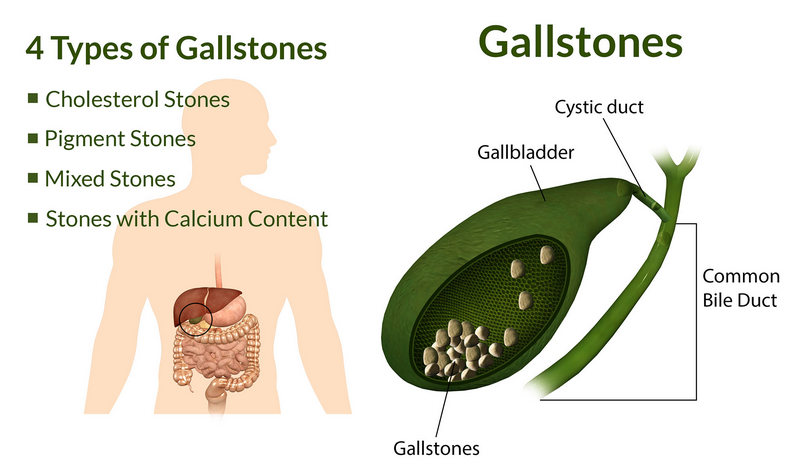 Sometimes gallstones may not manifest themselves, but most often they cause pain and other concerns. The greatest danger is the complications of gallstone disease.
Sometimes gallstones may not manifest themselves, but most often they cause pain and other concerns. The greatest danger is the complications of gallstone disease.
Why is gallstone disease dangerous?
The presence of stones in the gallbladder constantly maintains inflammation in its wall. In the presence of provoking factors – the intake of fatty foods, alcohol, physical activity – the inflammation worsens, and an attack of acute cholecystitis develops, which may require emergency surgery. It is impossible to completely cure chronic cholecystitis in the presence of gallstones.
Contraction of the gallbladder after a meal can cause a stone to become lodged in the excretory duct of the gallbladder, resulting in blockage of the gallbladder and creating a “disabled gallbladder” effect.
Small stones can pass from the gallbladder into the bile ducts, causing jaundice and acute pancreatitis. These diseases require emergency surgical treatment and so far often lead to death.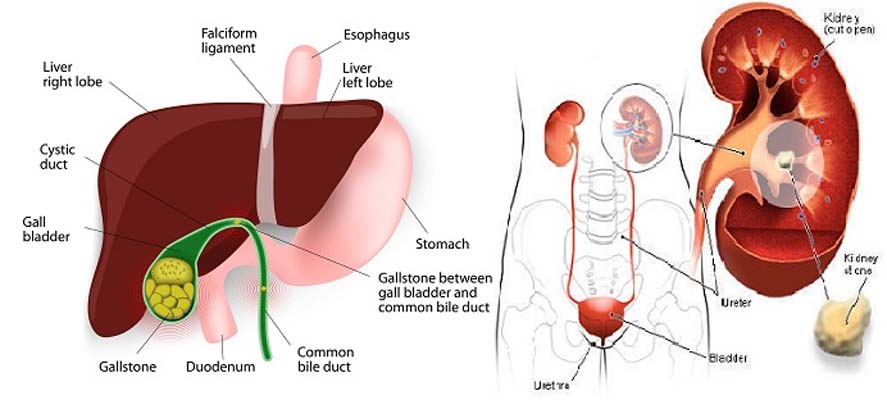
Large stones can cause bedsores in the gallbladder wall. In this case, a fistula usually develops between the gallbladder and the intestines. The constant reflux of intestinal contents into the gallbladder and bile ducts leads to the development of severe inflammation in them.
With a long course of calculous cholecystitis, chronic pancreatitis inevitably develops. In this case, even the elimination of cholecystitis (removal of the gallbladder) does not give a complete recovery, since pancreatitis continues to cause pain and other complaints.
Prolonged trauma to the gallbladder wall from gallstones can lead to the development of gallbladder cancer.
How to treat gallstone disease?
The main way to treat gallstone disease is surgery. Methods of dissolution and crushing of gallstones have not justified themselves due to low efficiency, a large number of complications and high cost of treatment.
For more than 100 years, the main operation used in gallstone disease has been cholecystectomy – the removal of the gallbladder.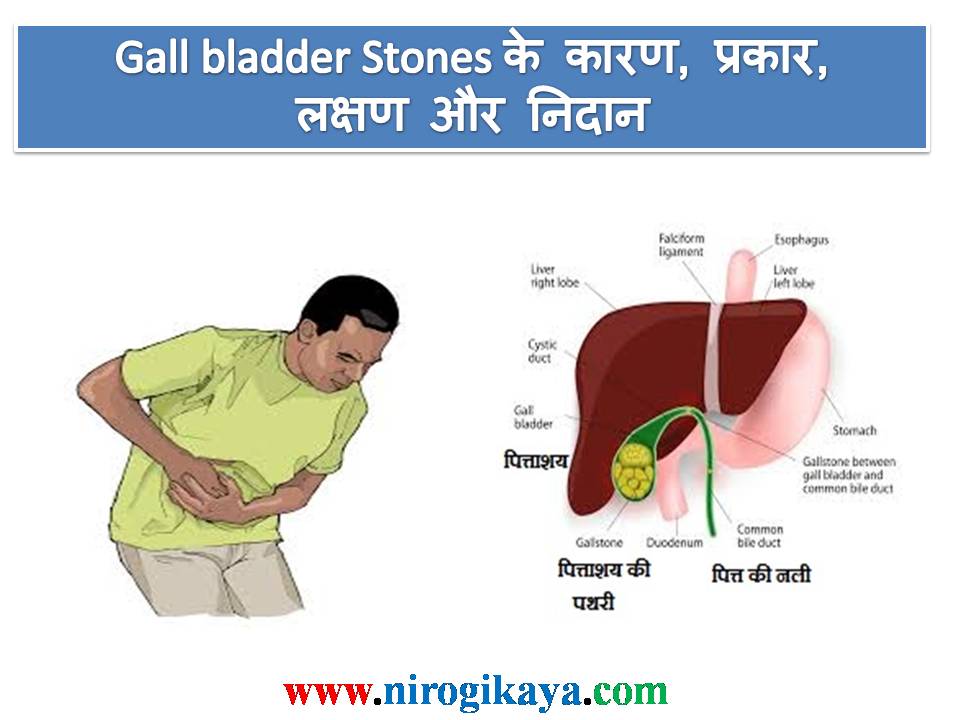

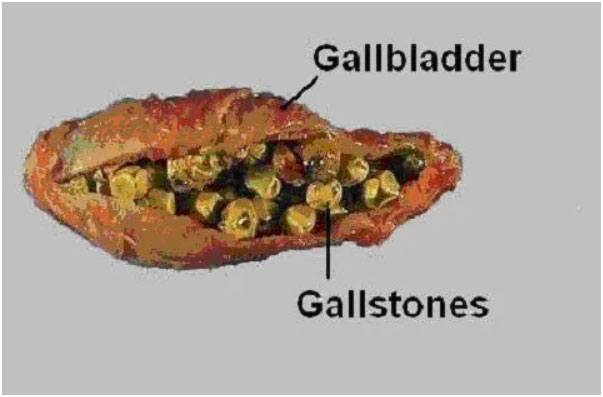
 A healthy gallbladder contracts to expel bile efficiently when needed. But if the gallbladder doesn’t contract well enough, some bile may remain. This bile gradually concentrates as a sediment at the bottom of the gallbladder, then the residue crystallizes.
A healthy gallbladder contracts to expel bile efficiently when needed. But if the gallbladder doesn’t contract well enough, some bile may remain. This bile gradually concentrates as a sediment at the bottom of the gallbladder, then the residue crystallizes. The method uses a combination of x-rays and endoscopy – an endoscope is inserted through the throat into the upper gastrointestinal tract. When the endoscope reaches the upper part of the small intestine, the attending physician will insert another, smaller tube into the first one to reach further into the bile ducts. A contrast agent is injected through the tube, and then a fluoroscopy is taken as the contrast agent passes through the ducts.
The method uses a combination of x-rays and endoscopy – an endoscope is inserted through the throat into the upper gastrointestinal tract. When the endoscope reaches the upper part of the small intestine, the attending physician will insert another, smaller tube into the first one to reach further into the bile ducts. A contrast agent is injected through the tube, and then a fluoroscopy is taken as the contrast agent passes through the ducts. But it is better to lose weight at a slow, steady pace of one to two kg per month. Rapid weight loss can contribute to the formation of gallstones.
But it is better to lose weight at a slow, steady pace of one to two kg per month. Rapid weight loss can contribute to the formation of gallstones.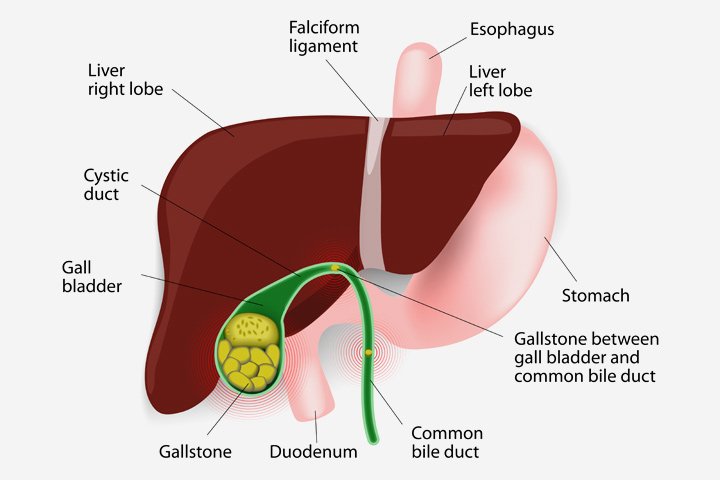 Mechanism of formation of cholelithiasis // Pediatrics. 1997. – No. 1. – S. 27 – 32.
Mechanism of formation of cholelithiasis // Pediatrics. 1997. – No. 1. – S. 27 – 32.